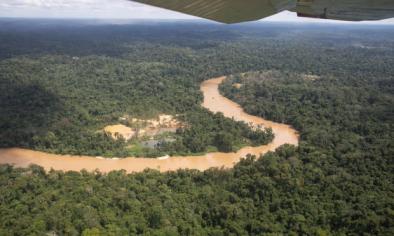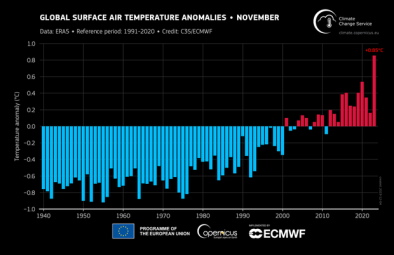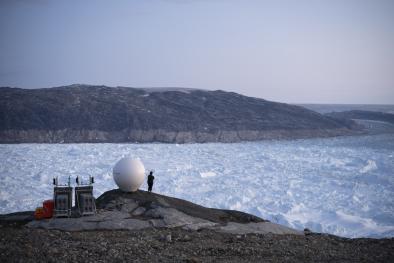Science Source
Change in the Odds of Warm Years and Seasons Due to Anthropogenic Influence on the Climate
- States that the new Hadley Centre system for attribution of weather and climate extremes provides assessments of how human influence on the climate may lead to a change in the frequency of such events
- Generates two different types of ensembles of simulations with an atmospheric model to represent the actual climate and what the climate would have been in the absence of human influence
- Obtains estimates of the event frequency with and without the anthropogenic effect
- Analyzes three experiments conducted so far with the new system to examine how anthropogenic forcings change the odds of warm years, summers, or winters in a number of regions where the model reliably reproduces the frequency of warm events
- Finds that in all cases warm events become more likely because of human influence, but estimates of the likelihood may vary considerably from year to year depending on the ocean temperature
- Notes that while simulations of the actual climate use prescribed observational data of sea surface temperature and sea ice, simulations of the nonanthropogenic world also rely on coupled atmosphere–ocean models to provide boundary conditions, and this is found to introduce a major uncertainty in attribution assessments
- Finds that in more than half of the 10 cases considered anthropogenic influence results in warm events being 3 times more likely and extreme events 5 times more likely during September 2011–August 2012
Related Content
Headline

Feb 15, 2024 | Climate Nexus Hot News
Amazon Could Reach Tipping Point By Midcentury
Headline

Jan 16, 2024 | Climate Nexus Hot News
2023 Smashes Hottest Year Record
Headline

Dec 7, 2023 | Climate Nexus Hot News
It’s Official - 2023 Is World's The Hottest Year On Record
Headline

Dec 7, 2023 | Climate Nexus Hot News
Earth Veering Closer To Dangerous Tipping Points


